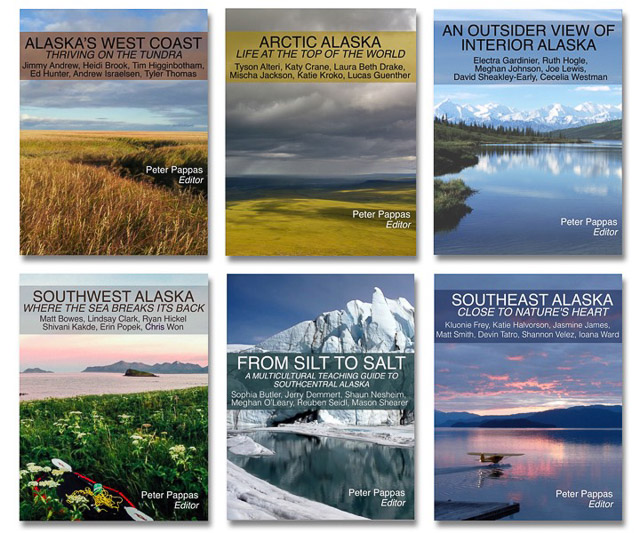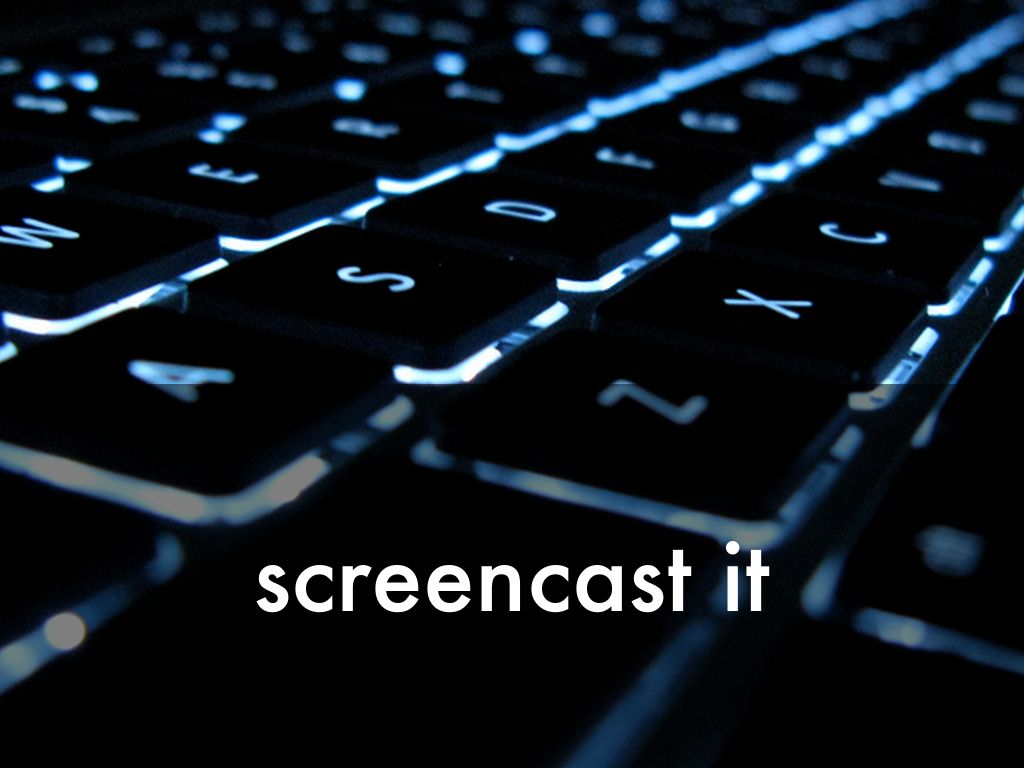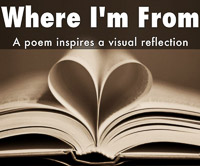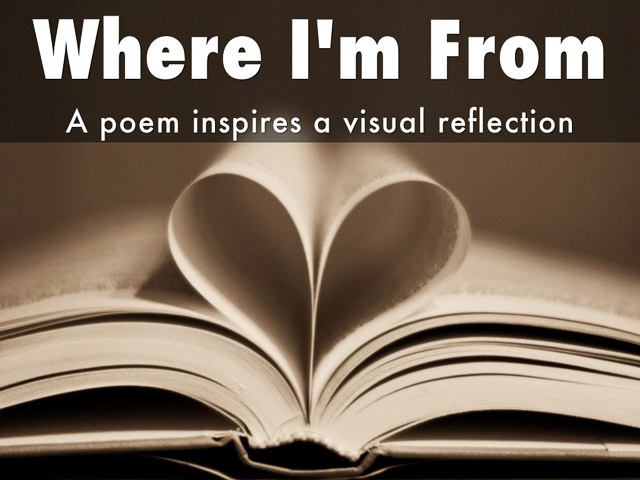I’m pleased to announce that this 6 book series was just named “2016 Best Textbook” at the international iBooks Author Conference. “The iBAs“ are the only peer-nominated, peer-voted awards for best-in-class achievement with Apple’s iBooks Author.
I just finished teaching Alaskan Studies at University of Alaska Southeast’s MAT program in Juneau. My course was teamed with a Multicultural Ed class in the first three weeks of the on-campus session. We took a PBL approach and our cohort of 37 MAT students did a terrific job researching and designing six regional iBooks as models of culturally responsive teaching. More on their assignment here.
I’m proud to announce that the Multicultural Alaska series is now available free at iTunes.
Alaska’s West Coast- Thriving on the Tundra
Arctic Alaska Life at the Top of the World
An Outsider View of Interior Alaska
Southwest Alaska- Where the Sea Breaks its Back
From Silt to Salt- Southcentral Alaska
Southeast Alaska- Close to Nature’s Heart
Each iBook begins with a regional overview focussed on the intersection of three factors – natural environment, the human environment, and the cultural expressions unique to the indigenous people of the respective region. Six-member teams collaborated on each overview and then each student designed a culturally-responsive lesson in their content area focused on that region. The iBooks are filled with interactive elements and extensive source material from Juneau’s newly opened Alaska State Library, Archives and Museum (SLAM).
Don’t have a Apple device? Download our books free as static PDF files.
Alaska’s West Coast- Thriving on the Tundra 2.5 MB
Arctic Alaska Life at the Top of the World 3.7 MB
An Outsider View of Interior Alaska 3.1 MB
Southwest Alaska- Where the Sea Breaks its Back 3.6M
From Silt to Salt- Southcentral Alaska 2.1 MB
Southeast Alaska- Close to Nature’s Heart 2.2 MB




